Fleming’s Red Indians special Royal Marine Commando unit
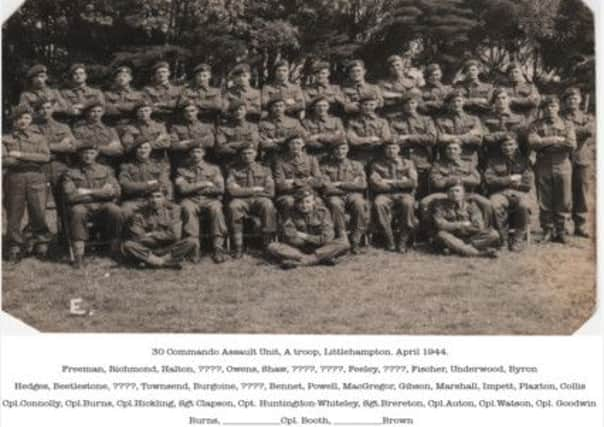

The 30 Assault Unit, although existing in embryo form from the days soon after the Crete assault and operating on the long lines of the Long Range Desert Group in the North African campaigns, did not become a recognisable Royal Marines Unit until February 1944.
With the Royal Marines from the original group as its nucleus it was built up by drawing a few officers from the old 5th Battalion and by a personal recruiting campaign carried out by its CO, Lt Col A.R Woolley, who did a round of the barracks inviting those who were young and eager to join him in a new and exciting unit.
Advertisement
Hide AdAdvertisement
Hide AdIan Fleming, the famous author who penned the James Bond novels, joined the Royal Navy for the war’s duration and was the senior CO for the unit, and the unit was sometimes referred to as ‘Fleming’s private navy’ or ‘Fleming’s Red Indians’.
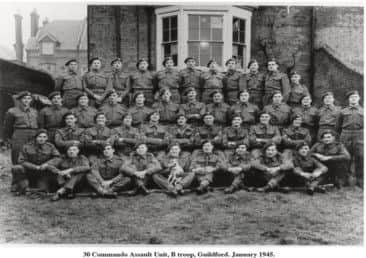

Fleming would meticulously plan all of their missions, even going to the lengths of memorising aerial photographs so that their raids could be planned in great detail.
A headquarters was set up in St. Augustine’s Road in Littlehampton with the troops ‘A’, ‘B’, ‘X’ and a small naval section being located in buildings nearby.
Each troop was made up of three sections of ten men and COs bringing the troop up to 39, and like other Commando units they were accommodated in private billets ashore.X Troop was mainly composed of anti-Nazi Germans, many of them Jewish.
Advertisement
Hide AdAdvertisement
Hide AdThis unit saw much action, including pre-D-Day reconnaissance forays to the French coast, and suffered heavy casualties.The unit’s task was to act as an Intelligence Assault Force.
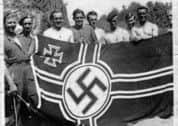

Officially, this special intelligence unit did not exist.
The men were sworn to secrecy, and were forbidden to record or discuss their experiences, a pledge that many of the men kept their whole lives.
Working under the direct authority of the Director of Naval Intelligence, it was to move with or immediately behind the forward troops in the assault on Europe, ready to move in and take over German Naval headquarters as they were uncovered, and to secure as many of their secrets as possible.
Their training, while emphasising the need for toughness with its run marches and assault courses, also laid stress on the need to be able to operate as very small parties, often widely dispersed and with a Naval officer attached.
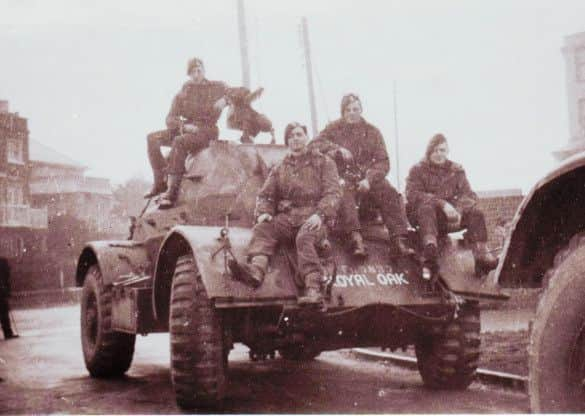

Advertisement
Hide AdAdvertisement
Hide AdThis officer would be an expert in one field or another, such as communications, gunnery or explosives, and it would be as much the task of the Marines to ensure his safety as to secure and hold the particular target for which they were assigned.
Specialist courses such as parachute and glider training, safe cracking and explosives at HMS Volcano in Cumberland, and street fighting amongst the ruined streets of Battersea were undertaken by the 30 AU troops.
A significant number of the early recruits were former policemen, although at least one ‘expert’ was recruited straight from prison, as he was considered to be the best safe-cracker in England at the time.
For a few months of 1944, the 30AU troops lived and trained among the townspeople and became a familiar sight around the locality.
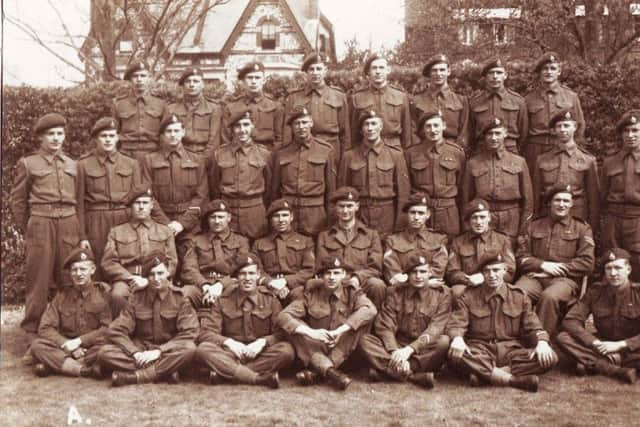

Advertisement
Hide AdAdvertisement
Hide AdBy the spring of 1944, Britain had been at war with Germany for four and a half years.
However, by then preparations were well under way for ‘Operation Overlord’; the invasion of Normandy.
The Normandy landings were planned to lead to the liberation of France and the other occupied countries in Western Europe, and working with the Russian allies based on the eastern front, to bring about the unconditional surrender of the Third Reich and its allies.
Climping beach was the scene of one of the last major practice landings for D-Day.
Advertisement
Hide AdAdvertisement
Hide AdThis was a joint landing by Canadian and French troops as part of ‘Exercise Fabius 4’, in the first week of May.
The exercise was for ‘Force S’, the overall code-name for the units detailed to land on ‘Sword Beach’ in Normandy.
The seafront at Littlehampton in 1944 painted a very different picture to that of today’s holiday atmosphere.
Roll upon roll of barbed wire sealed off the beach and promenade.
Advertisement
Hide AdAdvertisement
Hide AdThe Beach Hotel and the dance Pavilion were the only buildings left standing, and both had been taken over by the newly formed 30 Assault Unit, along with a couple of properties on South Terrace.
And then they were gone…
Suddenly in June 1944, the unit disembarked on their missions overnight to head to their embarkation points.
30AU Troop was active in Europe for the rest of the war, capturing large quantities of German documents and secret equipment.
One of the troops of the 30AU was among the first Allied units (after the Free French) to enter Paris at its liberation in August 1944.
Advertisement
Hide AdAdvertisement
Hide AdMuch of the unit’s work during the war remains a mystery, or still secreted in Government files.
Soon, we will be able to access the full records of their dangerous missions behind enemy lines, something I am sure that even James Bond himself would marvel at.
On October 5, Littlehampton Town Council will be presenting the modern day 30 Commando unit with the Freedom of the Town to honour their contribution to the town’s unique history.
This will be a real community event with celebrations going on throughout the day, culminating in a parade through the town.For more information please contact Littlehampton Town Council on 01903 732063 or [email protected]